What does the QDS medical abbreviation mean?
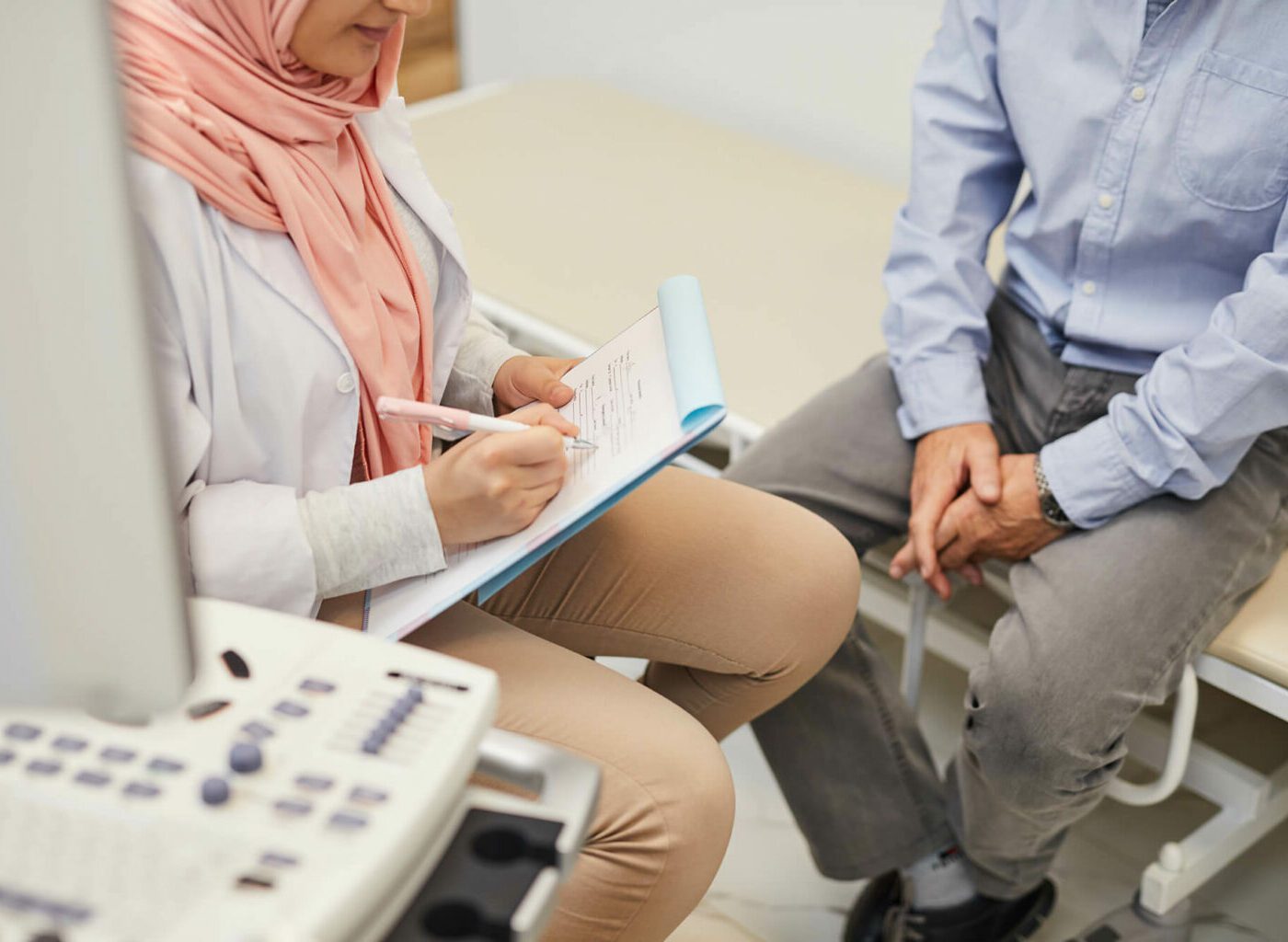
Why are there so many abbreviations in healthcare?
Originally, medical abbreviations were predominantly used during the writing of prescriptions as a short-hand for dose designation – i.e how and when a medication should be taken. Being able to write key information in a simple way is often a time saver for doctors and GPs who see a huge number of patients throughout the day. Having a clear abbreviation can be helpful for pharmacists too as it can minimise the risk of being unable to read handwriting, a misspelling or typo.
Today, medical abbreviation usage is more widespread in healthcare. There are some which are recognised and used by people other than healthcare professionals too. For example, you’re more likely to tell someone that you’re going for an MRI scan than a Magnetic Resonance Imaging scan, or a CT scan rather than computerised tomography scan. And, if visiting your local doctors surgery, a nurse may tell you they’re measuring your BMI, rather than your body mass index. However there are still a lot of lesser known ones that you may see on a prescription or during a GP appointment, and wonder what they mean.
What does QDS stand for in medical terms?
QDS is one of the most common abbreviations used on drug prescriptions. Coming from the latin ‘quater die sumendum’ it simply means ‘to be taken four times daily’.
Other medical abbreviations that denote how medication should be taken may include –
- a.c. – take before meals
- a.m – take in the morning
- o.d – take once a day
- b.d.s – take twice a day
- p.c. – take after food
- p.m- take in the afternoon or evening
- p.o. – take by mouth / oral administration
- q.1.d. – take every day
- q.1.h. – take every hour
- q.2.h. – take every 2 hours
- q.4.h. – take every 4 hours
- q.6.h. – take every 6 hours
- q.8.h. – take every 8 hours
- t.d.s / t.i.d. – take 3 times a day
Don’t rely on abbreviations – Only take medication as directed on the packaging
Because medical abbreviations are for internal communication between healthcare professionals, they should never be used by patients as directions for taking medication. If you’ve been prescribed any form of medication, only take it as directed by your doctor, or as per the instructions on the packet or dosette box, or as advised in a medical care plan.
What is the difference between QID and QDS?
As a general rule, there isn’t any difference – Q.I.D is just another way of saying ‘four times a day’ from the latin ‘quater in die’
Why do we take medicines around the clock?
Usually when medication is prescribed to you to be taken at different times throughout the day, it’s to ensure there is a sufficient quantity of the drug in your system for it to work correctly. This is particularly important for strong analgesic, or pain relief medications, as the relief will wear off over time.
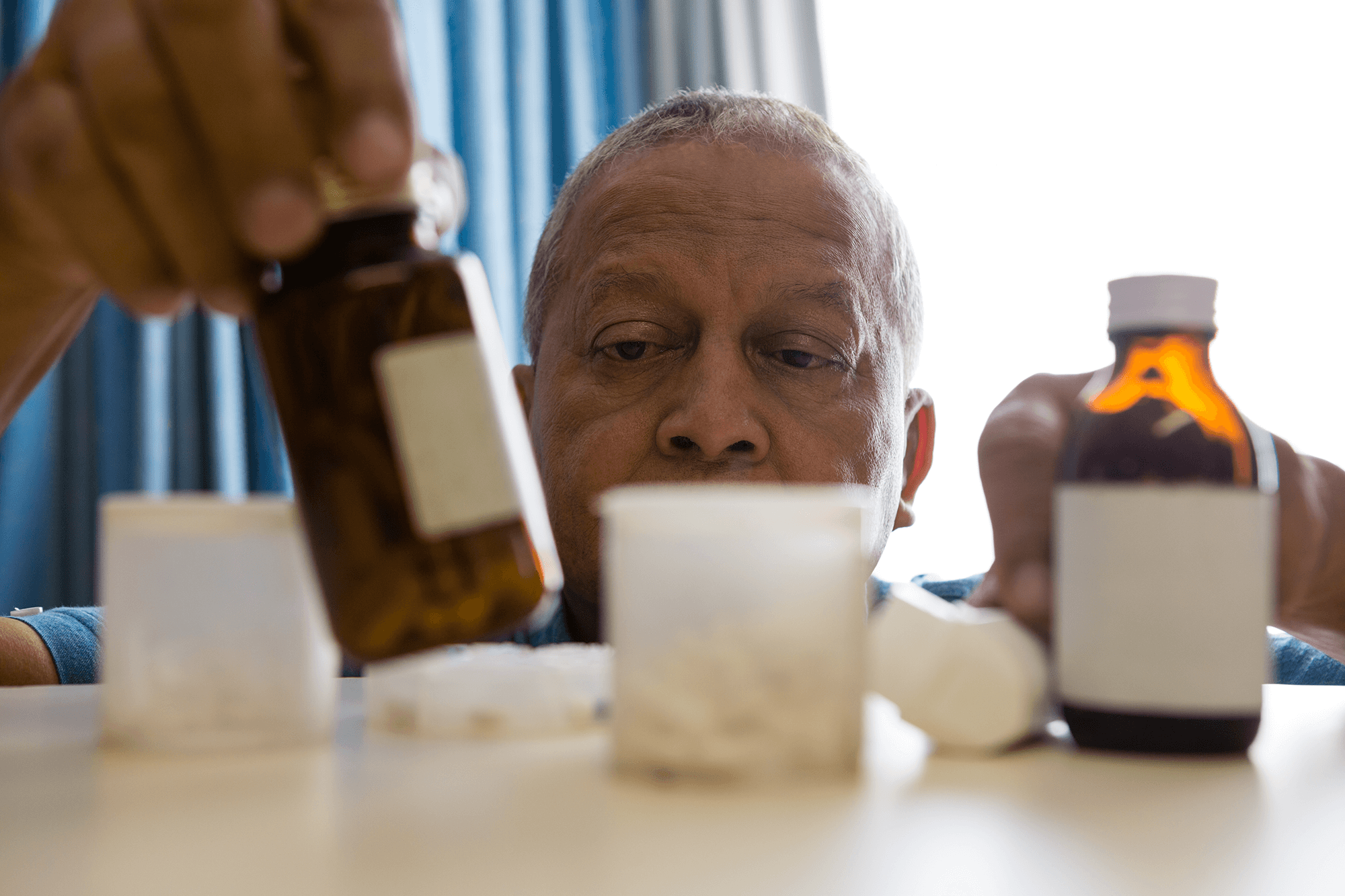
Lists of abbreviations and their intended meanings
It’s natural to be curious if you see an unfamiliar word or abbreviation when receiving medical treatment. However, medical professionals sometimes use a single abbreviation to mean a few different things, giving them ambiguous meanings. While we’ve listed some of the most common uses below to help you feel more informed, if you come across an abbreviation you’re unsure of, it’s always best to check with your doctor, nurse or pharmacy.
Abbreviations for medical procedures and conditions
These are most commonly used in acute care settings such as hospitals or GP practices.
- BP – blood pressure
- CSU – catheter stream urine sample
- DNR – do not resuscitate
- DVT – deep vein thrombosis
- ECG – electrocardiogram
- EMU – early morning urine sample
- MSU Mid-stream urine sample
- FBC – full blood count
- IVI – intravenous infusion
- LFT – liver function test
- MRSA methicillin resistant staphylococcus aureus
- NBM – nil by mouth
- UTI – urinary tract infection
Common abbreviations for Medical staff
- AMHP – approved mental health professional
- CMHN – community mental health nurse
- CPN – community psychiatric nurse
- Dr – doctor
- FY1 – FY2 foundation doctor (a doctor in their first or second year of clinical training)
- HCA – healthcare assistant
- HCSW – healthcare support worker
- physio – physiotherapist
- OT occupational therapist
- RN – registered nurse
- RNLD – learning disability nurse
- SLT – speech and language therapist
- SpR – specialist registrar
This article is for informational purposes only and not to be taken as medical advice. For medical advice, always consult your GP.
Read more care guides

Why do older adults resist care? A guide to speaking with a loved one about home care
Why do older adults resist care? A guide to speaking with a loved one about home care Bringing up the topic of care at home
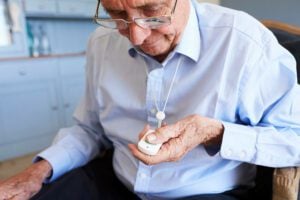
How to choose the right personal alarm for seniors: A comprehensive guide
Personal alarms for elderly Discover how personal alarms work, who they’re best suited to, and how they provide greater peace of mind to older people

Bath aids for elderly – finding the right solution for your needs
Bath aids for elderly Getting in and out of a bath tub or moving around the bathroom safely can become difficult as we get
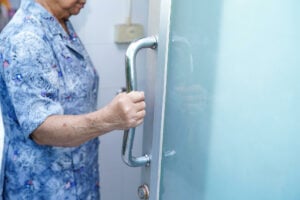
Helping with personal care and elderly incontinence
Helping with personal care and elderly incontinence Incontinence is something which many elderly people experience, and yet it is a subject which is rarely discussed.
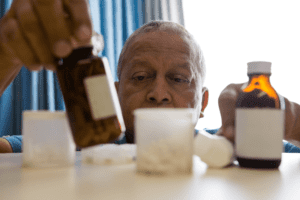
Controlled drugs – what are they?
What is meant by controlled drugs? Controlled drugs (CDs) are defined in the The Misuse of Drugs Act 1971 as drugs which are ‘dangerous or

Using a dosette box & medication management
What Is The Best Way To Use A Dosette Box? For older people who take various prescribed medicines, a dosette box can be an